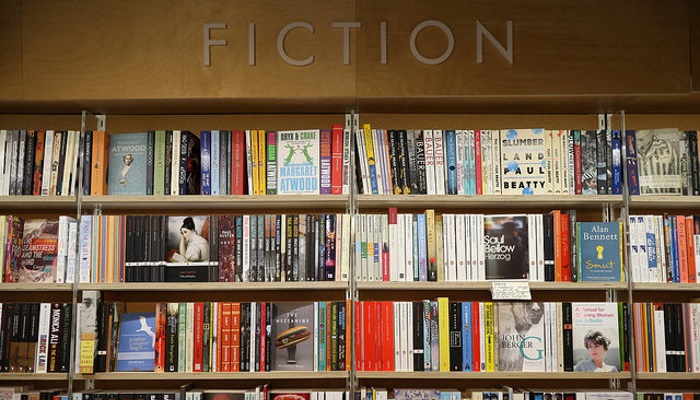
I recently retweeted a link to a rather interesting tutorial on machine learning given by Google. One of my Twitter followers (@grodaeu) replied ‘totally missed opportunity to go “Learn machine learning by taking the same machine learning course 10000 times’. Ok, so I chuckled a bit after reading that reply. However, it did make me think somewhat. After all, a lot of human learning a matter of repetition. If you’ve read Malcolm Gladwell’s books, one theme he develops is the idea that 10,000 hours of practice is necessary to become world class. He cites the example of the Beatles, who put in hours of live performances, before they became famous. Sure, a lot of practice is important, but it’s not the only prerequisite. Creativity is that additional spark, which somehow pulls together everything you’ve learned and practised into something exciting and new. It is perfectly possible that I can practice the guitar for 10,000 hours, but it’s not going to make me somehow write a melody like Let It Be.
How does this all relate to trading financial markets and in particular developing trading strategies? I think, it relates in particular to the idea of spotting patterns in the markets. Take the example of technical analysts, who read charts to seek to infer future price direction for the continuation of a trend or indeed a pullback. It can be easy to wrongly dismiss what they do a reading the tea leaves. However, there are good reasons why reading charts can work, if you are disciplined (many are not!). One particularly strong reason can be the idea of a self-fulfilling prophecy and market participants jumping on the bandwagon. If we think about trend following systematic strategies, it is basically trying to discern trends in a purely systematic trend, sometimes even programmed using similar patterns that a technical analyst might discern. Of course, patterns in financial markets, need not purely be related to price action. It could be related to how assets interact, how they react to news etc.
But what patterns are we looking for exactly, and how can we identify them? With experience! Experience gives you the ability to ask the right questions about what could be a pattern in markets. We can then use quant techniques to verify whether there really is something there, or if just the brain inferring a signal from noise! As a bit of a fun exercise I tried to quantify how much experience I have purely looking at price action. I started working in FX in the latter part of 2005. If we assume I’ve been in the office roughly 200 days a year, that means it’s around 2,500 days. If we assume I’m at my desk around 8 hours a day, then that amounts to 20,000 hours. If we assume I spend at least 1 hour a day following price action, looking at charts and reading news, that equates to around 2,500 hours. For a spot trader, this would likely be substantially more time, given they are continually interacting with the market. I’m not saying that staring at charts and price action, means you can magically spot price action patterns. However, it’s difficult also to think that all this information flow would have no effect. It should give you ideas on what types of things you would like to research (the questions). Often, these hunches can result in nothing, and indeed when I’ve worked on my own own ideas or though of traders in the past, this has often be the case (no, not every systematic idea you try will work!). Other times, though, hunches you might have inferred from what you’ve seen in price action are actually persistent and can be traded.
As noted, it’s obviously the role of statistical analysis and backtesting to help us identify those hypotheses which really are worth trading. In this age of machine learning and quant, it can be easy to think that we should just get a computer to try to read lots and lots of charts/price action and infer what is profitable and what isn’t. I think there’s way too much emphasis purely on a computer number crunching data: that’s only part of the story. There’s a lot to be said for a quant to follow markets, the news and looking at charts as a way to come up with systematic trading ideas and also working with human traders who have their views on what moves markets, and what patterns there could be. I think combining a bit of human experience of price action with quant though is probably the best way to go – just don’t tell anyone else, as I want to keep what I think is my edge 😉